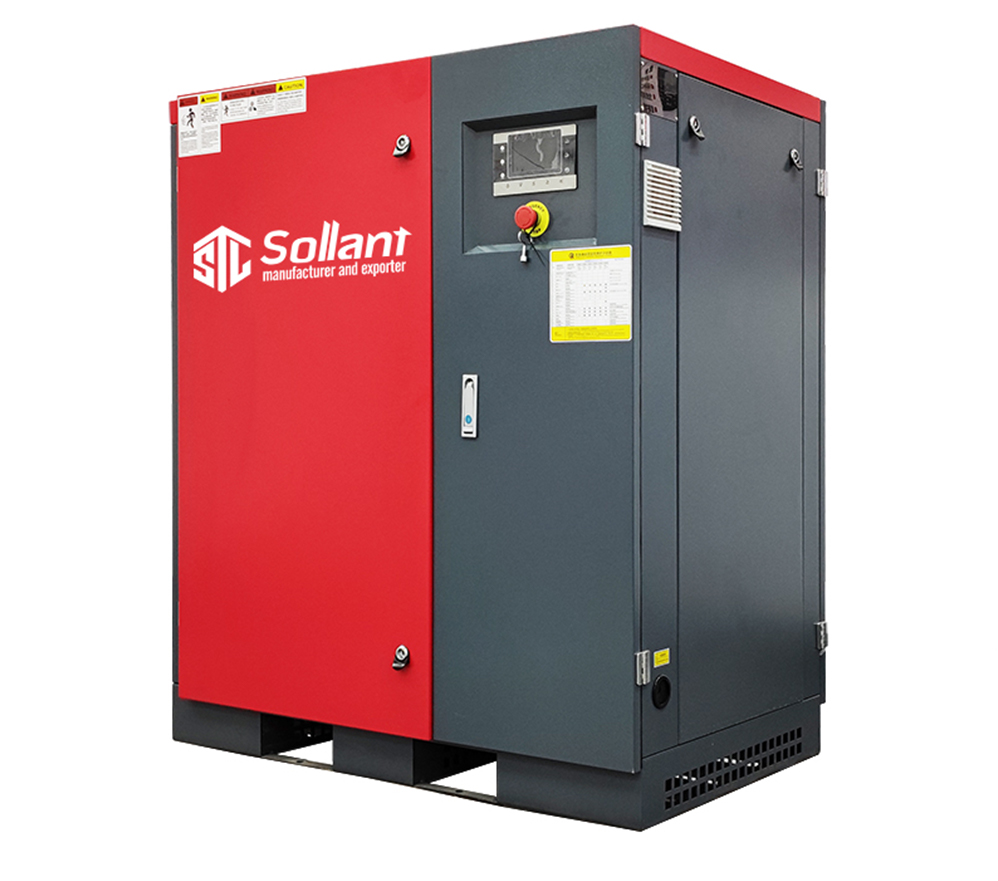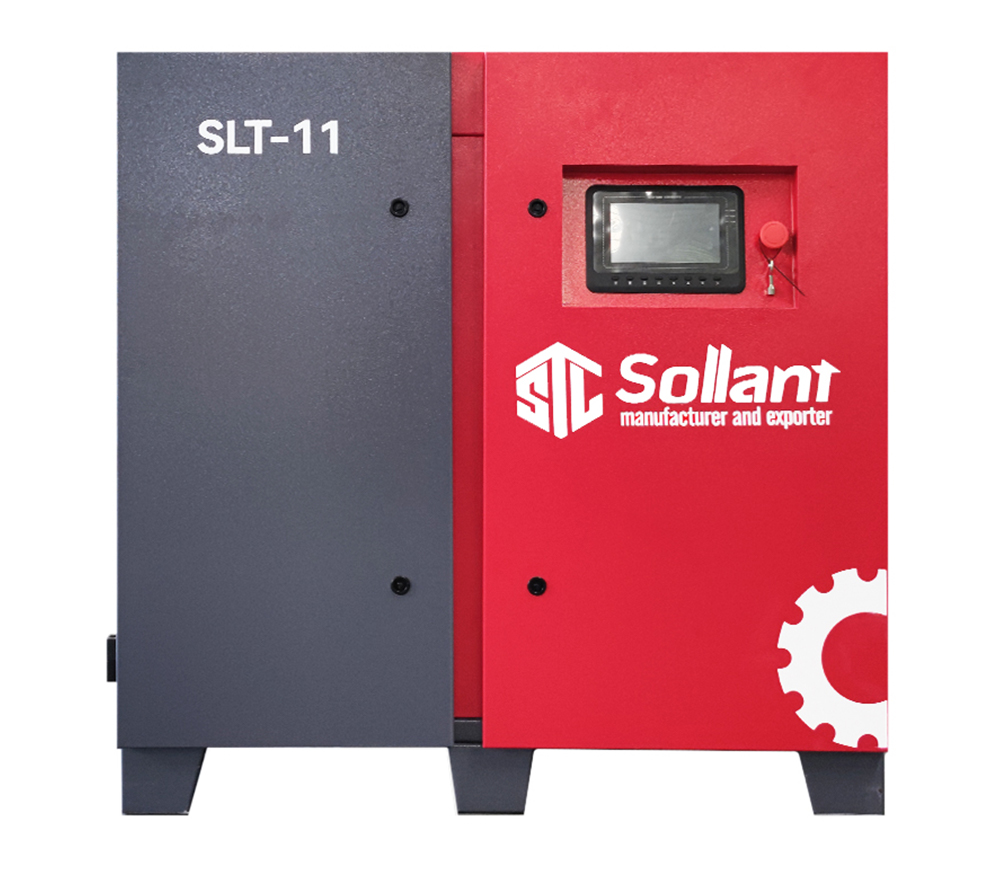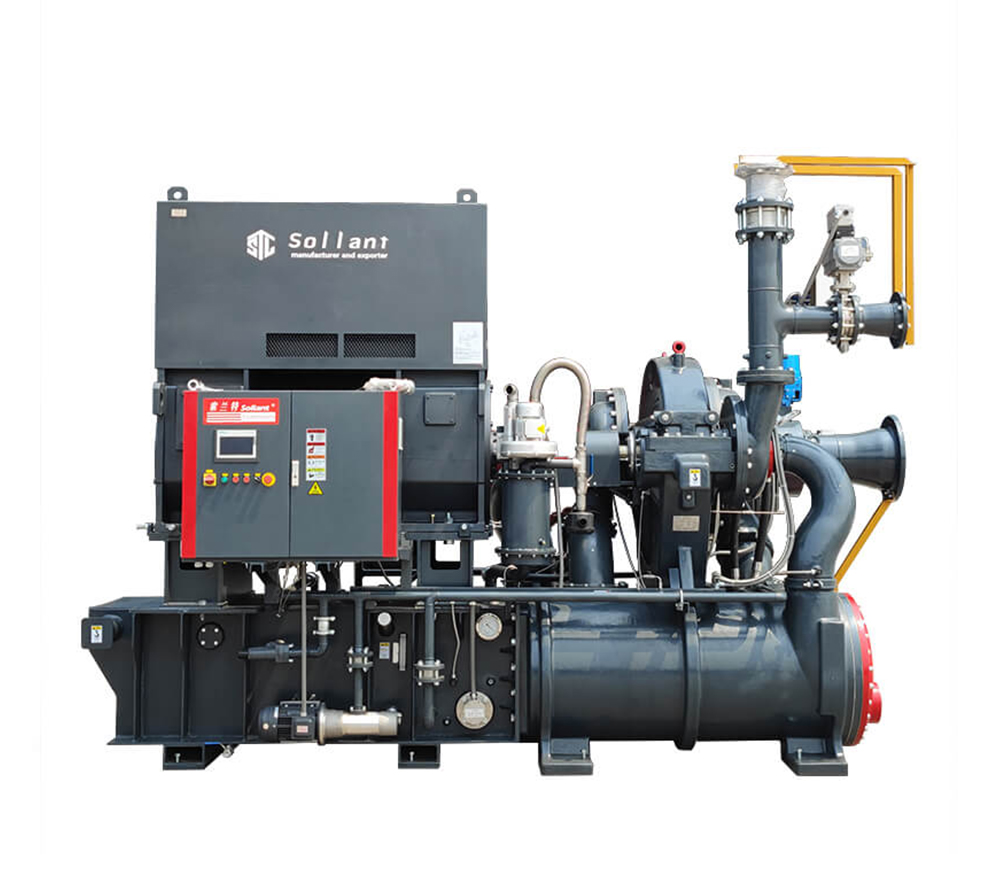Textile
Air compressors are used in multiple processes, including texturizing, spinning, fiber production, air-jet weaving, and more.
The key role of air compressors in textile production
In the textile industry, air compressors play a vital role. Textile production covers multiple links from fiber processing to dyeing, printing, weaving, etc., and the demand for compressed air in each link is different. The stable air source provided by the air compressor directly affects production efficiency, product quality and the operating costs of the enterprise.
The core role of air compressors in the textile industry
Pneumatic drive equipment
In the production process of the textile industry, many equipment need to rely on air compressors to provide pneumatic power. Pneumatic tools and equipment are widely used in weaving, dyeing, printing and other links, such as pneumatic looms, pneumatic knitting machines, pneumatic cutting equipment, etc. These devices are driven by compressed air and can efficiently complete various precision operations to ensure the smooth operation of the production line.
Advantages: The compressed air provided by the air compressor is pollution-free and oil-free, which can avoid the safety hazards caused by sparks generated by electrical equipment, especially in humid and flammable environments, compressed air power is safer and more reliable.
Automated production line
Many production links in the textile industry are transforming towards automation and intelligence. Automated production lines rely on a stable air source provided by air compressors to drive various pneumatic components and devices. Pneumatic robots, automated conveying systems, automated assembly lines, etc. all require continuous compressed air support to ensure that the equipment operates in an efficient and continuous state.
Advantages: The use of air compressors can effectively improve the degree of automation of the production line, reduce manual intervention, and improve production efficiency and product consistency.
Cleaning and dust removal
The textile production process often produces a large amount of fiber, dust and impurities, especially in weaving, dyeing and other links. Air compressors can provide high-pressure air for equipment to help clean dust and fibers in equipment, production lines and workshop environments. In this way, not only can the normal operation of the equipment be maintained, but also a healthier and safer working environment can be provided for employees.
Advantages: The use of high-pressure air jet cleaning equipment can effectively avoid the impact of dust accumulation on production equipment, extend the service life of the equipment, and reduce maintenance costs.
Textile dyeing and printing
In the dyeing and printing process of textiles, the role of air compressors is particularly prominent. During the dyeing process, compressed air is used to transport dyes, adjust temperature and humidity, etc., to ensure uniform color and avoid dye contamination. In the printing process, the pneumatic system drives the various components of the printing machine for precise control to ensure the printing quality.
Advantages: Compressed air can provide precise control in sensitive processes such as dyeing and printing, avoid chemical contamination, and ensure the color and quality of textiles.
Cooling and temperature control
In some production processes in the textile industry, especially in the dyeing and finishing process, temperature control of production lines and equipment is very important. Excessive temperature may affect the quality of textiles or cause equipment failure. Air compressors can provide the required air source for the cooling system for equipment cooling or production environment cooling.
Advantages: Through an efficient cooling system, air compressors help control the temperature of the production environment, ensure the quality of equipment and fabrics, and improve the comfort of the working environment.
Types and selection of air compressors in the textile industry
According to the different needs of the textile industry, it is crucial to choose the right type of air compressor. Common types of air compressors include:
Oil-free air compressors
In the textile industry, especially in the dyeing and printing process, compressed air must be oil-free to prevent oil from contaminating dyes or textiles. Oil-free air compressors can provide clean air to avoid oil mist and impurities from contaminating products.
Application scenarios: dyeing, printing, fine weaving and other high-demand production links.
Screw air compressor
Screw air compressors are widely used in the textile industry due to their stability, durability and efficiency. It is suitable for large-scale, long-term production environments and can provide continuous and stable air sources.
Application scenarios: automated production lines, pneumatic equipment and looms in large-scale textile factories.
Piston air compressor
Piston air compressors are suitable for small and medium-sized textile factories, especially those with less frequent air source demand or lighter loads. Its advantages are simple structure and low investment cost, which are suitable for start-ups or companies with smaller production scales.
Application scenarios: pneumatic tools and equipment for small textile factories or small-scale production lines.
Variable frequency air compressor
Variable frequency air compressors can adjust the output power of the compressor according to actual needs, which is very suitable for occasions where the air source demand fluctuates greatly in textile production. For example, in the dyeing or printing process, the air source demand often changes, and the variable frequency air compressor can automatically adjust the operating state according to the actual load to save energy.
Application scenarios: production links with large fluctuations in gas demand, such as dyeing, printing, etc.



.jpg)



